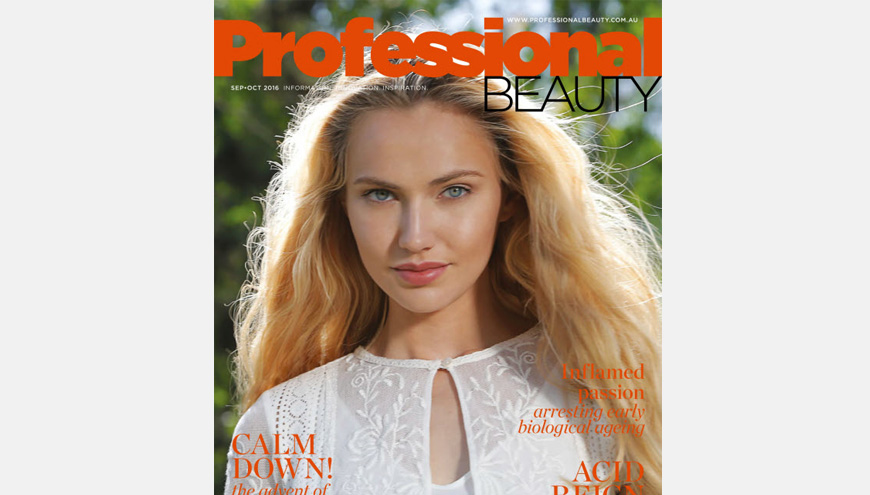Article
M&M Marketing: Which generation are you targeting?

“In the first of this series on Generational Marketing, Neil Osborne explains how, just like individual M&M’s, each generation owns its distinct differences and shouldn’t be marketed to (or eaten) together.
It’s nothing new… you’ve done it for years. Hmm? You know, separate them into colours, so you can enjoy their similarities. Of course we’re talking M&M’s, those best-selling crunchy coated chocolates that disappear quicker than your waistline expands. But what do they have to do with branding? Similarly, to sorting M&M’s, each generation has its distinct differences and shouldn’t be marketed to (or eaten) together.
You’ve heard it time and again: target your marketing to connect with your ‘right’ people. But how exactly do you do that, when there’s so many confusing names and niches? One way is what I like to call, the M&M Method – by segmenting people (AKA M&M’s) into age cohorts (or colours) for a more specific appeal. In doing that you’ll be practicing what’s termed, ‘generational marketing.’
Exactly what’s that? Generational marketing is what it sounds like: you market to a specific generation of people (those born and living about the same time), based on the unique preferences, attitudes and upbringings that distinguish them from another generation. It also means switching from creating mass products and messages, to tailoring and customising them for specific age groups.
Generational marketing is based on two founding principles: (1) your product needs change with life stages and (2) promotional messages and products targeting the generational groups should reflect the generational values and drive purchasing behaviour.
However, age is not the only factor influencing behaviour and choice. There can be differences within a generation that are larger than those between them, and the birth-year boundaries are not sharply fixed – especially for those born near the age breaks.
Also, each generation is typically composed of a variety of segments or sub-groups, for example in Gen Y/Millennials there are the Hipsters, Goth and Cyber-geek niches, and the Baby Boom generation has the Hippies and Yuppies.
As with each generation, sub-groups also have their own distinct features and opportunities that you can mine for rewards…”
SUBSCRIBE to the GET to YES Podcast
Selling in the Hair, Beauty & Body Industries
iTunes - Stitcher - Google Play - Omny - Android
TAKE THE GUESSWORK OUT OF YOUR GROWTH
Your business faces unique challenges. In a private Sales Training Program or Workshop, we’ll tailor our proven GET to YES framework to solve them. Let us come to you. We’ll help you understand that asking and listening works better than talking, to grow your sales. Schedule a no-pressure phone call to learn more.
